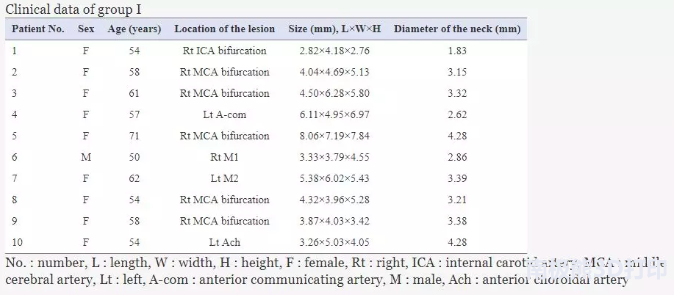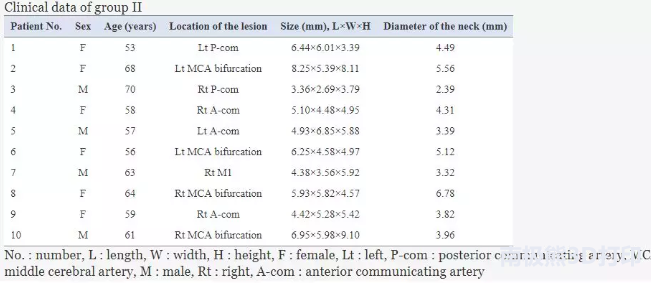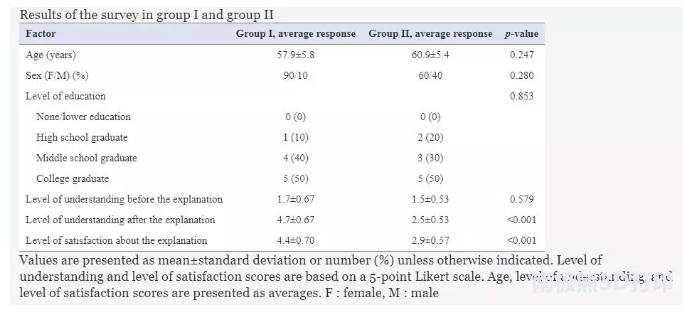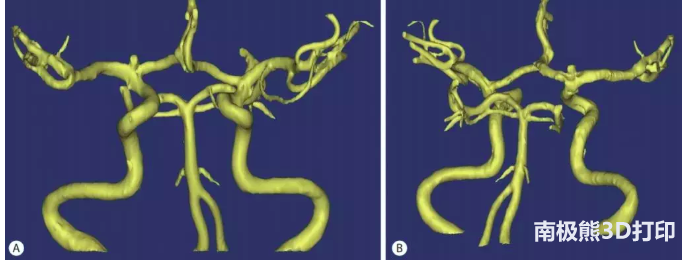In the “use patient-specific3D printingIn the “Informed Consent for Cerebral Aneurysm Model”, Korean researchers conducted in-depth research on an increasingly well-known3D printingBenefit areas, but no area has been discussed as much as more complex medical procedures and technological advancements. About useful education that can be provided to patients before surgery.
Though passed3D printingIt provides doctors and students with valuable tools and paves the way for patient-specific treatments, but the same model they use is also beneficial to patients and their families. It may be difficult for everyone to grasp a life-threatening health problem and upcoming Surgery, and the decision whether to proceed.
For this study (approved by the Institutional Review Board of Pusan National University Hospital), 20 patients with unruptured intracranial aneurysms were divided into two groups. 10 patients passed3D printingThe model (created on Nobel 1.0A with PLA) was educated, while another 10 patients received traditional computed tomography angiography (CTA).

The patients in the study were also asked to fill out a questionnaire, not only to consider their satisfaction with the operation, but also their understanding of the model and interpretation. These models enable patients and doctors as well as junior surgeons and other students to gain a deeper understanding of the positional relationship between aneurysms and arteries, as well as:
•Branch
•skeleton
•Brain parenchyma
• Cranial nerve
All 20 patients received the same information about the aneurysm physiology, medical procedures, and risks involved.


A doctor is not only responsible for all 20 operations, but also responsible for explaining the procedure at hand, eliminating any concerns about prejudice or procedural differences in the educational process. The model is used as a companion to preoperative consent, and the study proved to be helpful in gaining a clear understanding of the patient’s understanding of the new technological process.After reviewing the results of the study, the author found that the data showed3D printingThe model significantly improves the process because the patient has a better understanding of what is happening and at the same time has a higher degree of satisfaction with the operation.
“3D printingThe main limitation of the technology is that the construction of 3D models involves 3D rendering and3D printing, Which is time-consuming and expensive. However, with the development of new printers and the expansion of printing materials, time and cost have been reduced. In this study, we used Nobel 1.0A (XYZprinting), which is small (280×345×590 mm) and light (9.6 kg),” the researchers concluded, “The average processing time for making 3D models is 3.7 hours. The material cost of each model is about 3500 won.along with3D printingWith the advancement of technology, time and cost will be reduced.along with3D printingAdvances in technology and declining costs, patient-specific3D printingMay become the standard for clinical and educational purposes.
“Given that this is just a center’s experience, and there are only 10 patient-specific models used to assess patient understanding, more prospective studies are needed to confirm patient-specific3D printingThe usefulness of the model for patient understanding and satisfaction. Satisfaction with aneurysm clipping surgery. “
3D printingModels have not only changed the face of medicine, in terms of diagnosing and understanding serious health conditions such as cerebral aneurysms or brain tumors, but also in terms of training, allowing doctors and medical students to learn more about unusual or brand-new procedures and rely on models as Surgery guide.


(Editor in charge: admin)


0 Comments for “3D printed medical models provide better preoperative education for patients with aneurysm”